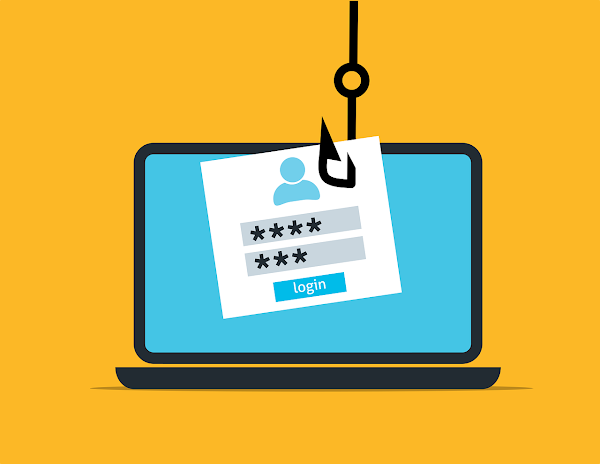Imagine receiving an email with a photo of your house, address, and a threatening message that seems ripped from a horror movie. Unfortunately, this is the reality of modern phishing scams, where attackers use personal information to intimidate victims into paying money, often in cryptocurrency like Bitcoin.
One victim, Jamie Beckland, chief product officer at APIContext, received a message claiming to have embarrassing video footage of him, demanding payment to keep it private.
While such emails appear terrifying, there are ways to verify and protect yourself. Many images in these scams, such as photos of homes, are copied from Google Maps or other online sources, so confirming this can quickly expose the scam.
To check if an image is pulled from the internet, compare it to Google Maps street views. Additionally, always scrutinize email addresses for legitimacy. Cybersecurity expert Al Iverson from Valimail advises checking for any small variations in the sender’s email domain and examining SPF, DKIM, and DMARC authentication results to determine if the email domain is real.
Be cautious if a message appears to come from your own email address, as it’s often just a spoofed sender.
Links in phishing emails can lead to dangerous sites. Founder of Loop8, Zarik Megerdichian, recommends extreme caution and encourages reporting such scams to the Federal Trade Commission (FTC). Monitoring your financial accounts, disputing unauthorized charges, and updating or canceling compromised payment methods are other essential steps.
To reduce vulnerability, it’s wise to change your passwords, set up a VPN, and isolate your network. Yashin Manraj, CEO of Pvotal Technologies, suggests transferring critical accounts to a new email, informing your family about the scam, and reporting it to law enforcement, such as the FBI, if necessary.
One of the best defenses against these types of scams is to control your data proactively. Only share essential information with businesses, and avoid giving excessive details to online services. Megerdichian emphasizes the importance of asking whether every piece of data is truly necessary, as oversharing can open the door to future scams.
With these strategies, individuals can better protect themselves from extortion phishing scams. It’s crucial to stay vigilant and avoid interacting with suspicious emails, as this will help shield you from falling victim to increasingly sophisticated cyber threats.













